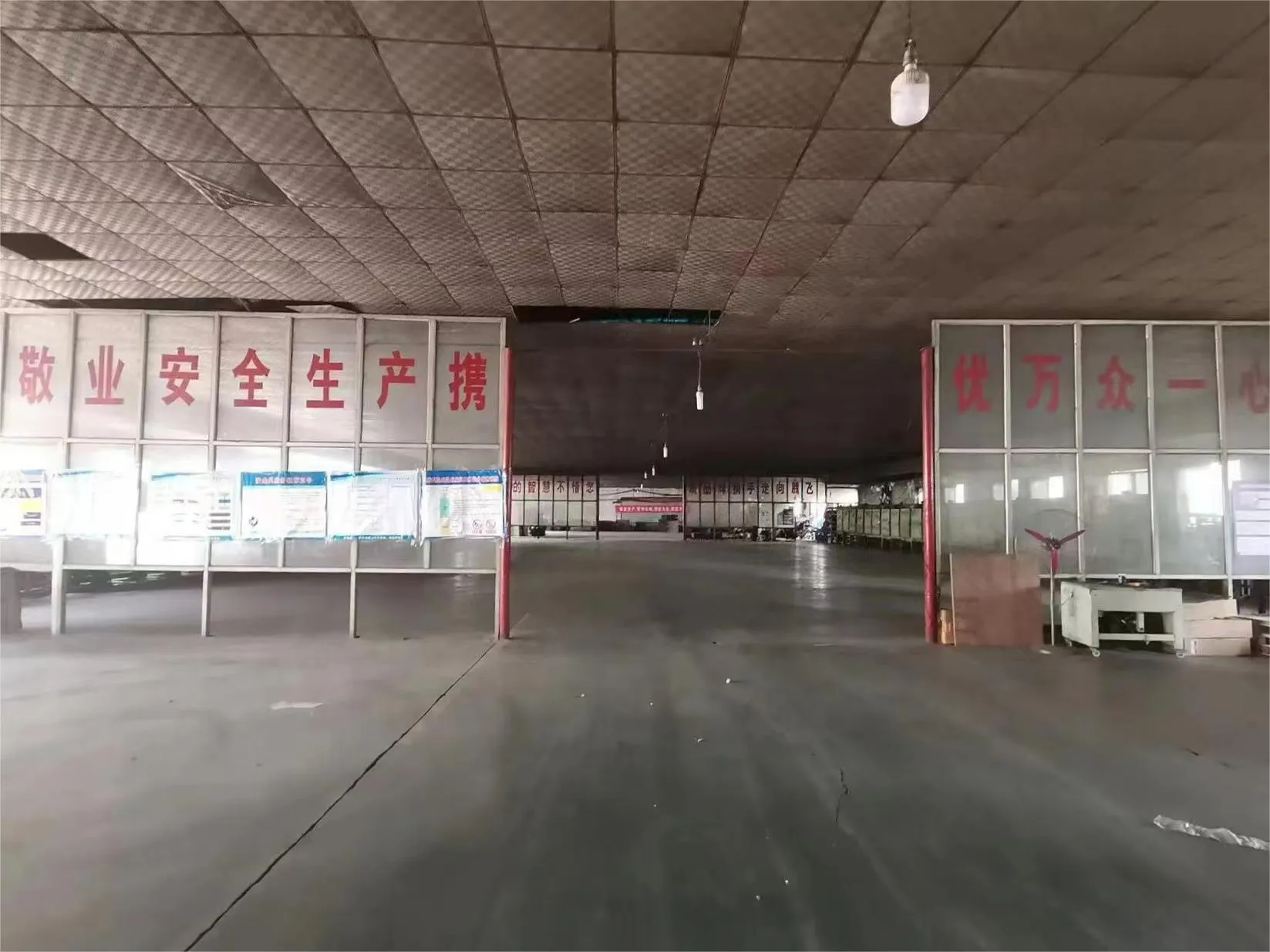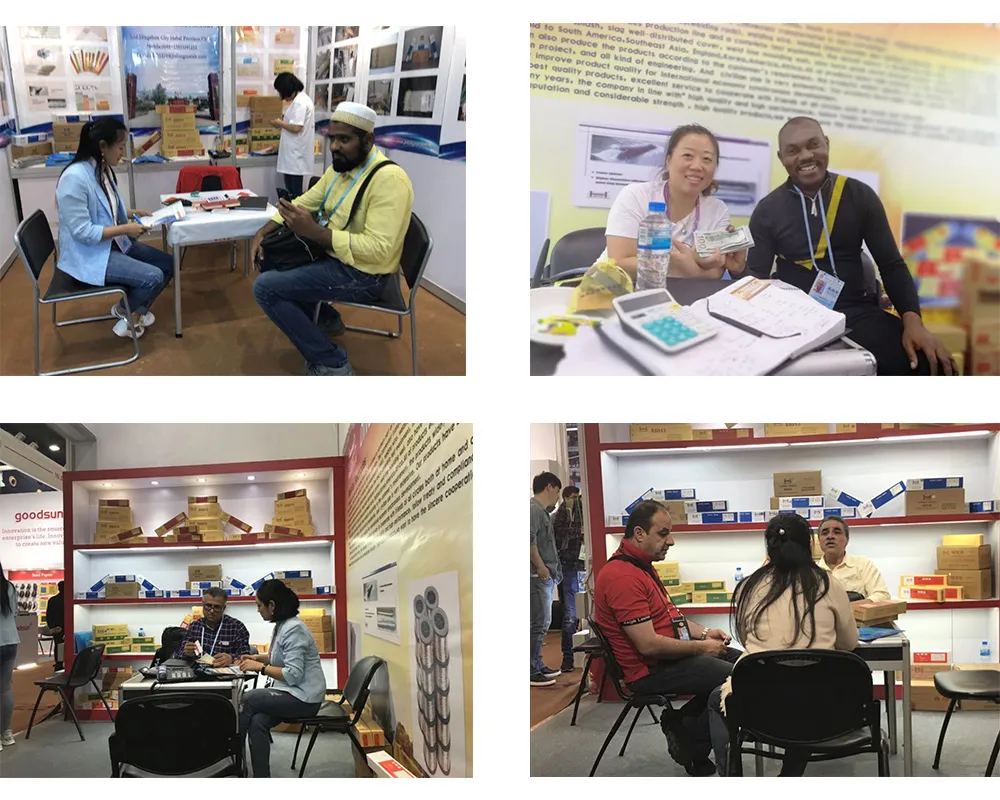cast iron filler rod
Feb . 15, 2025 22:34
Navigating the world of welding materials can be daunting, especially if you're aiming to enhance both the quality and durability of your welds. One material that often stands out for its exceptional performance is the ER630 filler rod. Designed for professionals who demand high standards, this filler rod combines technical sophistication with reliability, solidifying its place as a staple in the world of welding.
In applying ER630, understanding its heat treatment cycle is essential for optimizing performance. The process typically involves heating the material to a solution treatment temperature followed by rapid cooling (also known as quenching) and a final aging treatment at lower temperatures. This sequence not only boosts mechanical properties but also enhances the rod’s resistance to wear and tear. Welders utilizing ER630 filler rods should exercise precision in electrode manipulation, as well as maintain a controlled environment to maximize results. For optimal use, welding experts recommend a clean, contaminant-free procedure to prevent any potential alterations in chemical composition, which could undermine the material's properties. Expertise in wielding the ER630 filler rod also extends to a strong grasp of post-weld machining. Given its high hardness post-aging, employing high-quality tooling and appropriate machining techniques can prevent issues like tool wear or material deformation, thus assuring the end product's quality. As the industry continues evolving, the reliance on materials that offer both resilience and flexibility grows increasingly prominent. The ER630 filler rod's adaptability to modern engineering problems solidifies its authoritative position in the market. Its widespread adoption is a testament to its capability to meet stringent demands while providing unparalleled performance reliability. Trust in a product is built over time through consistent results and positive experiences shared among industry peers. Testimonials from seasoned welders and engineers consistently praise ER630 for its performance and reliability, further validating its reputation. It's not just an instrument of trade; it's a partner in producing quality that stands the test of time. For projects that cannot compromise on strength, durability, and performance, the ER630 filler rod presents a solution with proven benefits. Its comprehensive attributes not only elevate welding capabilities but also refine the quality assurance processes that define successful industrial operations. Thus, investing in ER630 is an investment in sustainable excellence.


In applying ER630, understanding its heat treatment cycle is essential for optimizing performance. The process typically involves heating the material to a solution treatment temperature followed by rapid cooling (also known as quenching) and a final aging treatment at lower temperatures. This sequence not only boosts mechanical properties but also enhances the rod’s resistance to wear and tear. Welders utilizing ER630 filler rods should exercise precision in electrode manipulation, as well as maintain a controlled environment to maximize results. For optimal use, welding experts recommend a clean, contaminant-free procedure to prevent any potential alterations in chemical composition, which could undermine the material's properties. Expertise in wielding the ER630 filler rod also extends to a strong grasp of post-weld machining. Given its high hardness post-aging, employing high-quality tooling and appropriate machining techniques can prevent issues like tool wear or material deformation, thus assuring the end product's quality. As the industry continues evolving, the reliance on materials that offer both resilience and flexibility grows increasingly prominent. The ER630 filler rod's adaptability to modern engineering problems solidifies its authoritative position in the market. Its widespread adoption is a testament to its capability to meet stringent demands while providing unparalleled performance reliability. Trust in a product is built over time through consistent results and positive experiences shared among industry peers. Testimonials from seasoned welders and engineers consistently praise ER630 for its performance and reliability, further validating its reputation. It's not just an instrument of trade; it's a partner in producing quality that stands the test of time. For projects that cannot compromise on strength, durability, and performance, the ER630 filler rod presents a solution with proven benefits. Its comprehensive attributes not only elevate welding capabilities but also refine the quality assurance processes that define successful industrial operations. Thus, investing in ER630 is an investment in sustainable excellence.
Related Video
Copyright © 2025 Dingzhou Jinlong Metal Production Co., Ltd. All Rights Reserved. Sitemap | Privacy Policy




























